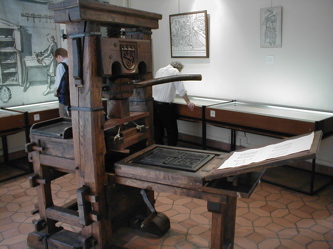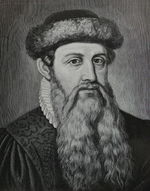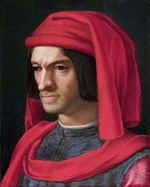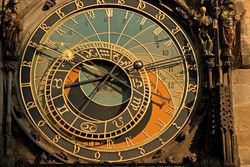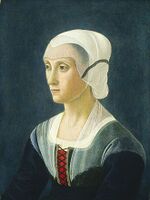Difference between revisions of "Category:1450s"
Jump to navigation
Jump to search
| Line 40: | Line 40: | ||
* [[De antiquitate Judaica. De bello Judaico (1470 Schüssler), book (ed. princeps - Latin)]] | * [[De antiquitate Judaica. De bello Judaico (1470 Schüssler), book (ed. princeps - Latin)]] | ||
* [[ספר יוסיפון (Josippon / 1474-76 Conat), book (Hebrew / ed. princeps)]] | * [[ספר יוסיפון (Josippon / 1474-76 Conat), book (Hebrew / ed. princeps)]] | ||
* [[Storie sacre (1475c Tornabuoni), poetry]] | |||
}} | }} | ||
Revision as of 19:59, 28 July 2023
Pages in category "1450s"
The following 34 pages are in this category, out of 34 total.
'
- Apocalyptic Studies (1450s)
- Archaeology (1450s)
- Bible Studies (1450s)
- Christian Origins Studies (1450s)
- Early Christian Studies (1450s)
- Early Islamic Studies (1450s)
- Early Jewish Studies (1450s)
- Enochic Studies (1450s)
- Gospels Studies (1450s)
- Hebrew Bible Studies (1450s)
- Hellenistic-Jewish Studies (1450s)
- Historical Jesus Studies (1450s)
- Johannine Studies (1450s)
- Josephus Studies (1450s)
- New Testament Studies (1450s)
- NT Apocrypha Studies (1450s)
- OT Apocrypha Studies (1450s)
- Pauline Studies (1450s)
- Petrine Studies (1450s)
- Second Temple Studies (1450s)
- Wisdom Studies (1450s)
- Women's & Gender Studies (1450s)
Media in category "1450s"
This category contains only the following file.
- 1492 * Soncino.jpg 772 × 1,024; 207 KB
